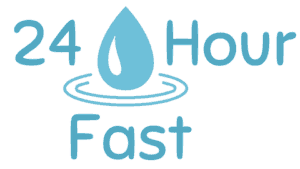I have been practicing intermittent fasting for quite a while now, fasting between 14 and 16 hours every day. It became a lifestyle and habit, so deeply implemented that it’s not challenging anymore. My body is used to it. And while this type of intermittent fasting leads to extremely interesting benefits, I started getting curious about how my body would handle longer fasting regimens. Starting by a 24-hour fast and see the results it brings. Here is my experience.
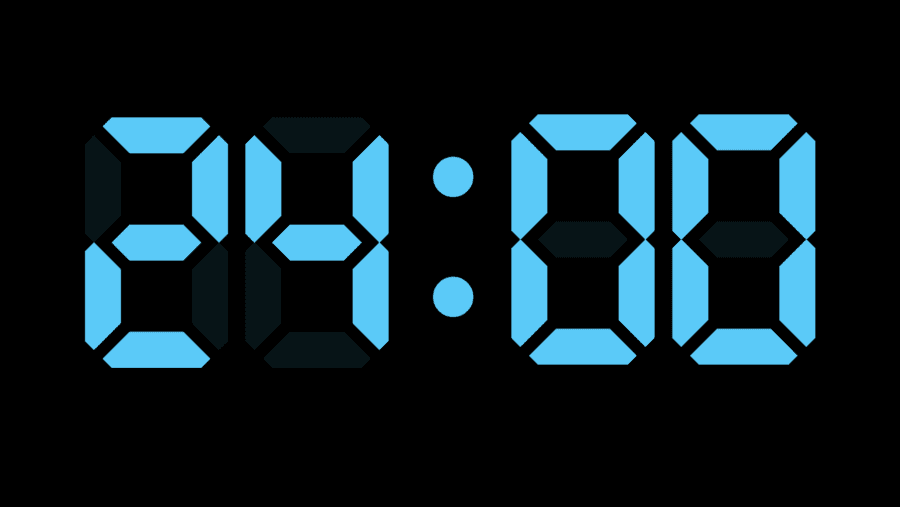
Intermittent fasting basics
First of all, what is intermittent fasting? It is actually really simple, it just consists of alternating periods of fasting and periods of eating. And doing it consistently. There are several types of intermittent fasting methods, the most popular ones among others being:
- Shorter fasts: 12 to 14 hours of fasting every day (including sleep time) followed by a 14 to 12-hour window to eat
- 16/8 method also known as Leangains: similar to shorter fasts but increasing the fasting period to 16 hours while eating in an 8-hour window
- Eat-stop-eat: consists of a 24-hour fast (including sleep time as well) once or twice a week
- Alternate-day fasting: fasting every other day. In this approach, you can either fully fast for 24 hours on the fasting days or reduce the calorie intake to 500 calories or lower.
- Longer fasting regimens: those are generally over 24 hours and done less regularly than the methods above, to reach specific benefits that only longer fasts can provide.
There are other methods and variations that exist as well but the above gives you an overview of what intermittent fasting may look like.
Why would you even consider a 24-hour fast?
A 24-hour fast might seem very long to go without food. So why even considering doing this to yourself? Well, intermittent fasting brings essential health benefits and 24-hour fasting is no exception.

Intermittent fasting benefits
- Blood sugar control and insulin resistance prevention: research showed that fasting can lead to major benefits for insulin resistance and reduction in blood sugar levels.
- Inflammation decrease: intermittent fasting can improve the body’s resistance to oxidative stress
- Heart health improvement: it can also improve different known risk factors such as blood pressure, cholesterol levels, and inflammatory markers.
- Autophagy: it can initiate and increase the body’s cellular cleaning process known as autophagy. This may improve protection against several diseases like cancer and Alzheimer’s disease.
- Weight loss: by eating in a limited time period, it’s easy to eat fewer calories overall. Similarly to daily calorie restriction, intermittent fasting can lead to weight loss if done along with a balanced diet.
- Food awareness: when you fast for a longer period than you are initially used to, you become aware of the food you are not eating, as counter-intuitive as it may seem. And food awareness is one of the first steps towards a healthier diet in general.

24-hour fast benefits
As we just saw, intermittent fasting can be a very beneficial process. And some of the benefits are inherently linked to the fasting duration our body goes through. That is why longer fasting regimens can bring incremental benefits:
- Longevity and anti-aging benefits: this still has to be fully proven in humans but studies showed that intermittent fasting can indeed extend lifespan in animals.
- Larger and more frequent pulses in growth hormones: fasting can enhance growth hormone secretion, this hormone facilitating muscle gain and fat burning among other roles and benefits.
- Deep ketosis state: this state happens in response to low level of glucose in the body. It can help with inflammation reduction as well as lead to telomere length increase when deep into this state.
- Microbiome reset: when you fast, the bacterias in your gut are forced to fast too. And because bad bacteria tend to starve first, it’s a good way to improve your microbiome balance.
- Hunger management: longer fasts will make you go through cycles of hunger and will make you think about it on a deeper level. Understanding your body and mind, knowing whether you are truly hungry or just thinking about food. This level of understanding is difficult to achieve in a constant fed state.
Because of all these added potential benefits and as I said earlier, to challenge myself going longer that I am used to without food, I decided to experiment a 24-hour fast myself. And see if I find it truly beneficial.
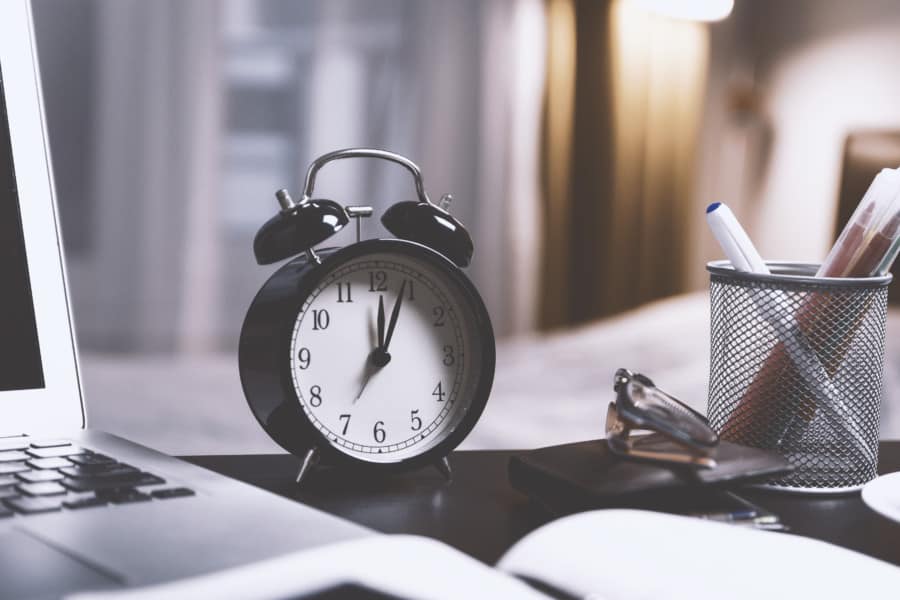
24-hour fast rules
In practice, a 24-hour fast just requires to go for – you guessed it – 24 hours without any significant calorie intake.
I planned to drink plenty of water as usual during this experiment as well as black coffee or green tea. I also planned to drink a glass of water with a few squeezes of lemon later in the day if I feel the need to. And if you are wondering whether lemon water breaks your fast, check this article.
For convenience, I decide to eat dinner the day before as usual and then start my fast easily by sleeping and go through the day without eating until the evening, for my first meal at dinner.
My personal experience
Hour by hour
The day before: 0 to 11 hours into the fast
- 8 pm: I finish eating my dinner by 8 pm at night and my fast officially starts then.
- 10 pm: I go to bed and start sleeping by 10.30 pm (I know this thanks to my oura ring, an exceptional sleep tracker).

Easy peasy: 11 to 17 hours into the fast
- 7 am: I wake up and get up, after a solid night of sleep. I am starting my day as usual with a morning routine involving a small workout (10 min). I am not feeling any hunger since nothing is very different than usual at this point.
- 10 am: this is the first time I am thinking about food. Not that I really feel hungry but this is the usual time I start preparing my breakfast. I drink a black coffee at that time while working.
- 11.15 am: I am busy working and hence not having any issue compared to usual. I do think about food from time to time but more out of habit, thinking “I’m missing something from my usual routine”, not because I feel hungry.
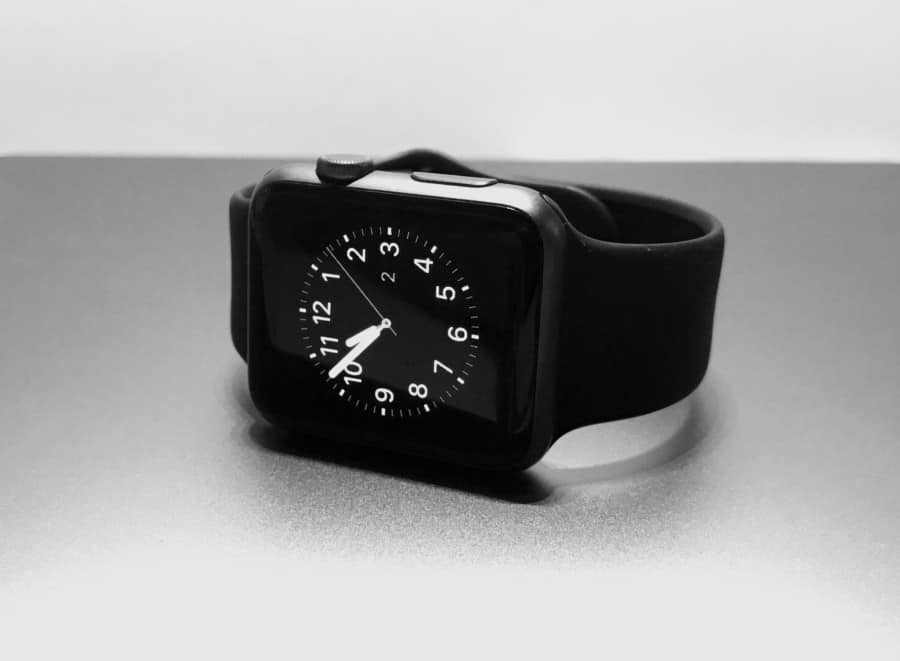
- 12.30 pm: starting to feel a tiny bit of hunger. Nothing strong, but I have this feeling that I might need some fuel to keep going. Let’s see how it goes.
- 1.00 pm: my stomach starts growling from time to time. Nothing else changes except that.
Hard to focus: 18 to 19 hours into the fast
- 2 pm: I am still working. Which literally involves just thinking in front of a computer. Nothing physical. But I find it harder to focus. I drink my second coffee of the day. While I usually don’t have any coffee in the afternoon. I hope this will help me focus better.
- 2.50 pm: I go to the kitchen area and it seems like all the fruits and foods lying around are calling me. I pay much more attention to them. It’s like my brain just woke up and is reacting to those foods around me. But I can feel that it’s more psychological rather than a real hunger feeling.

- 3 pm: I drink a glass of water with a pinch of sea salt, for the electrolytes. Not that I know I really need it, but it can only be beneficial and makes me feel that I am not just drinking water (even if I am).
Fatigue starts to kick in: 20 to 24 hours into the fast
- 4 pm: I am not too hungry. Actually, way less than I anticipated. It’s totally manageable. The coffee worked and brought me a boost of energy in the last hour. However, I find it harder and harder to focus for longer periods of time. I take a short walk of 10 min to move a bit.
- 5.30 pm: I can still focus but it requires definitely much more effort than I usually need. Like my brain is missing some fuel. It is, actually, so nothing to worry about. I am surprisingly not too hungry.
- 7 pm: I am still ok in terms of hunger. But thinking about food more often now. Because I consciously know it’s almost the end of the fast. I am feeling quite tired by now though. And would reach for my bed rather than food if I didn’t know better.

Breaking the fast
- 8 pm: breaking the fast! With a date and an avocado plus a pinch of sea salt on the avocado.
- 8.45 pm: I am feeling good and the food I ate earlier made me hungry. I am eating the meal I already prepared in advance: a mixed salad with greens, tomatoes, beets, carrots, cucumbers, quinoa, and sardines.
- 9.15 pm: I end the meal with a bowl of kefir yogurt and maple syrup.
- 10 pm: I am feeling full. Nothing different than after any other meal on a usual day. Ready for bed.
My 24-hour fast lessons
It was a very interesting experiment, easier than anticipated on some aspects, harder on some others. Here is what I learned:

Hunger management
This is by far the aspect on which I can see the most impact. You see, while fasting for longer than I’m used to, I had those moments where I felt I needed some food. However, because of the fast, I realized it was more out of habit. I wasn’t actually that much hungry. It was more a psychological trigger.
When I eat, I usually take a break from work. And I think my brain is more leaning towards those breaks than the actual food. At least most of the time. And being able to differentiate actual hunger from cravings or distraction is a new skill I will try to keep.
Mental fatigue
While I felt that physically I could do very well without food for 24 hours (without an intense workout or trying to run a marathon obviously), the mental fatigue was more intense than expected. Especially around the 20 hour mark.
I can see that my brain is not used to adapt easily to reduced amount of glucose/glycogen in my body for an extended period. I believe if I practice a 24-hour fast on a more regular basis, this part can be improved. And it will likely be less challenging in the future. I have to experiment to verify my assumption in the future.

Physical impact
As I eluded earlier, I didn’t feel any major physical discomfort or hunger during the fast. However, one thing I noticed is that even if I make sure to eat a nutrient-dense and high calorie meal for dinner after the fast, I won’t reach anywhere close to my expected level of calories for the day.
Overall I can see this as a great tool for a weekly calorie restriction. Because without overeating or compensating on the feeding days, I would definitely eat less overall in a week. Even by doing this only once a week. And this can be very easily implemented. Compared to eating every day and watching the calorie intake constantly.
Nonetheless, I am happy with my weight right now and not practicing intermittent fasting to lose weight. So while I can easily eat enough on a 16/8 fasting schedule, it seems that it would be much harder to maintain my weight with a frequent 24-hour fast. In that sense, I will keep this longer fast on a less frequent basis.
But for anyone looking for weight loss and fat loss, this can definitely be a powerful tool along with the other benefits that it can provide.
Consistency is key
Nothing will happen in terms of long term benefits if done only once. Like anything else, it has to be done consistently to have any impact. There are several ways of incorporating a 24-hour fast into our life and we will touch on this very soon.

Personal results
A lot of people want to know how much weight loss we can expect during a 24-hour fast. And I believe this is not the right question. First of all, if I were to share my 24-hour fast weight/fat loss results, it wouldn’t help you very much as there are a myriad of other factors that come into play here. And what I experienced might be very different for you.
Secondly, I did it ONCE. It doesn’t make any sense to draw long term conclusions based on one datapoint, one experiment. If I share anything in the future, that will be based on a several weeks at the very least. That’s why I won’t tell you how much weight or fat I lost during this experiment because those are only short-term results. And they can be reversed very quickly if no consistent action is taken.
I believe the right question should address the goals you are trying to reach personally. Are you looking for weight loss specifically? Or interested in some of the other health benefits specifically? Intermittent fasting can be a great process and tool. But you need to understand why specifically it would be helpful for you. And then see if a regular and consistent practice of a 24-hour fast could be beneficial.
24-hour results
Now I mentioned MY personal results based on one data point wouldn’t be helpful to anyone. However, to support the potential benefits that intermittent fastings can have, some studies have been done. And it’s interesting to look at the results in that case.
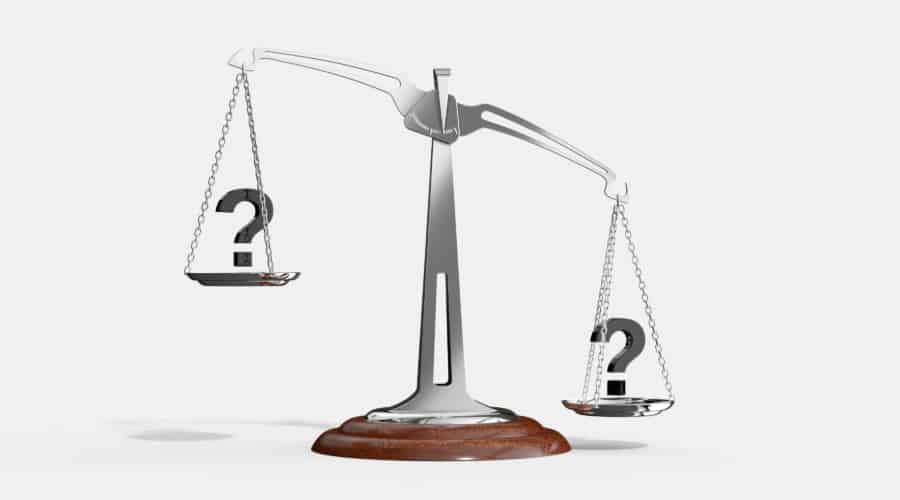
In this specific study, subjects experienced a weight loss of 4.7% to 6.9% of their initial body weight, while the percentage of body fat decreased by 3%. Those subjects were undertaking modified alternate-day fasting by reducing their calorie intake to 25% of their needs on fasting days and eating as desired on feeding days.
I invite you to check additional research done and their results and conclusion to have a better idea of what can be expected.
How to implement a 24-hour fast in your life
Do it step by step
One thing to keep in mind is to do things progressively. If you have never fasted before, it might be better to experiment and try shorter fasts. For example, if your overnight fast is usually 12 hours, try by adding 1 hour to that and see how it goes. And increase your fasting time one step at a time from there.
Your body can adapt to a lot of things, but you need to give it time. And not rush into big changes. Especially for a mid to long term change.
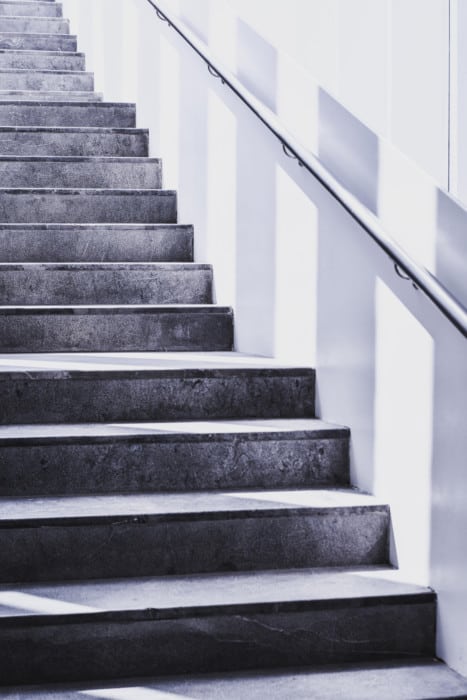
Listen to your body
Once you made up your way to longer periods without eating and ready to try a full 24-hour fast, one other important element is to keep listening to your body. And be able to differentiate small discomfort that is expected during a longer fast to actual signals that require you to stop your fast, like strong dizziness, confusion, heartbeat changes, …
Break your fast safely
Another point not to neglect is the food you eat to break your fast. Even if a 24-hour fast is still considered relatively short compared to much longer fasts, it’s still a significant amount of time your body went through without digesting any food.
You want to break your fast smoothly and safely. For this, a nutrient-dense beverage can be a great option. And making sure your first meal doesn’t trigger a huge insulin spike is important, mainly by favoring food low in carbohydrates like healthy fats, proteins and vegetables.
Here is a complete review of what to eat after fasting for 24 hours.
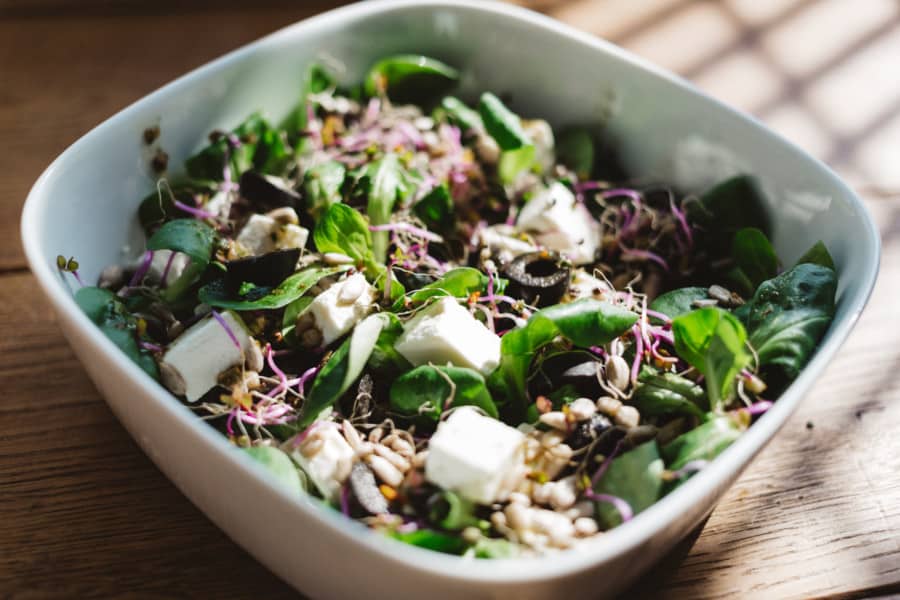
24-hour fast in the long run
3 main types of intermittent fasting methods involve 24-hour fast. It’s indeed important to follow a consistent schedule in the long term to expect any significant benefits from it. Here is a review from the highest 24-hour fast frequency to the lowest one:
- OMAD (One Meal A Day): it corresponds to a 24-hour fast every day. It literally means One meal a day, which consists of eating one meal and fasting for a full 24 hours in between (technically 23 hours fasting and 1-hour eating to keep the same schedule every day). It’s quite an extreme method.
- Alternate- day fasting: as previously detailed earlier, it involves a 24-hour fast every other day.
- Eat-Stop-Eat or 5/2 method: those methods involve two days of fasting during the week and five normal feeding days. With a more flexible option that can also involve only one day of 24-hour fast in the week.
Keeping a regular schedule is important to incorporate anything lasting in your life. The above methods are great for this.
Personally (and it’s really just a personal opinion) I like having daily routines. It’s harder for me to alternate between a fasting day and a feeding day because I have to think first which day it is. So while I want to benefit from longer fasts, on a daily basis I will stick to my regular 14 to 16 hours of fasting. And once every two or three weeks, I will fast for 24 hours.
It is what will work best for me, in terms of sustainability. But the best way to know is by experimenting and finding out what works best for YOU.

Risks
While a 24-hour fast is a short period enough to be generally considered safe, it’s best to consult with your medical practitioner before undertaking any significant lifestyle changes.
It can also be risky for some populations: people with a medical condition, diabetes, pregnant women or breastfeeding, or people with a history of eating disorders. Consult your doctor first and don’t attempt to fast for 24 hours without medical advice and supervision.
Conclusion
Overall, a 24-hour fast was an interesting experiment to challenge myself and slowly adapt my body to fast for longer periods. It can be a powerful process for a variety of benefits but like anything, consistency, and sustainability need to be considered. As a consequence, I will keep doing it on a less frequent basis as a complement to my daily shorter fast. What will you do?
The information we provide at 24hourfast.com is not intended to replace a consultation with a qualified medical professional. By interacting with this site, you agree to our disclaimer.
